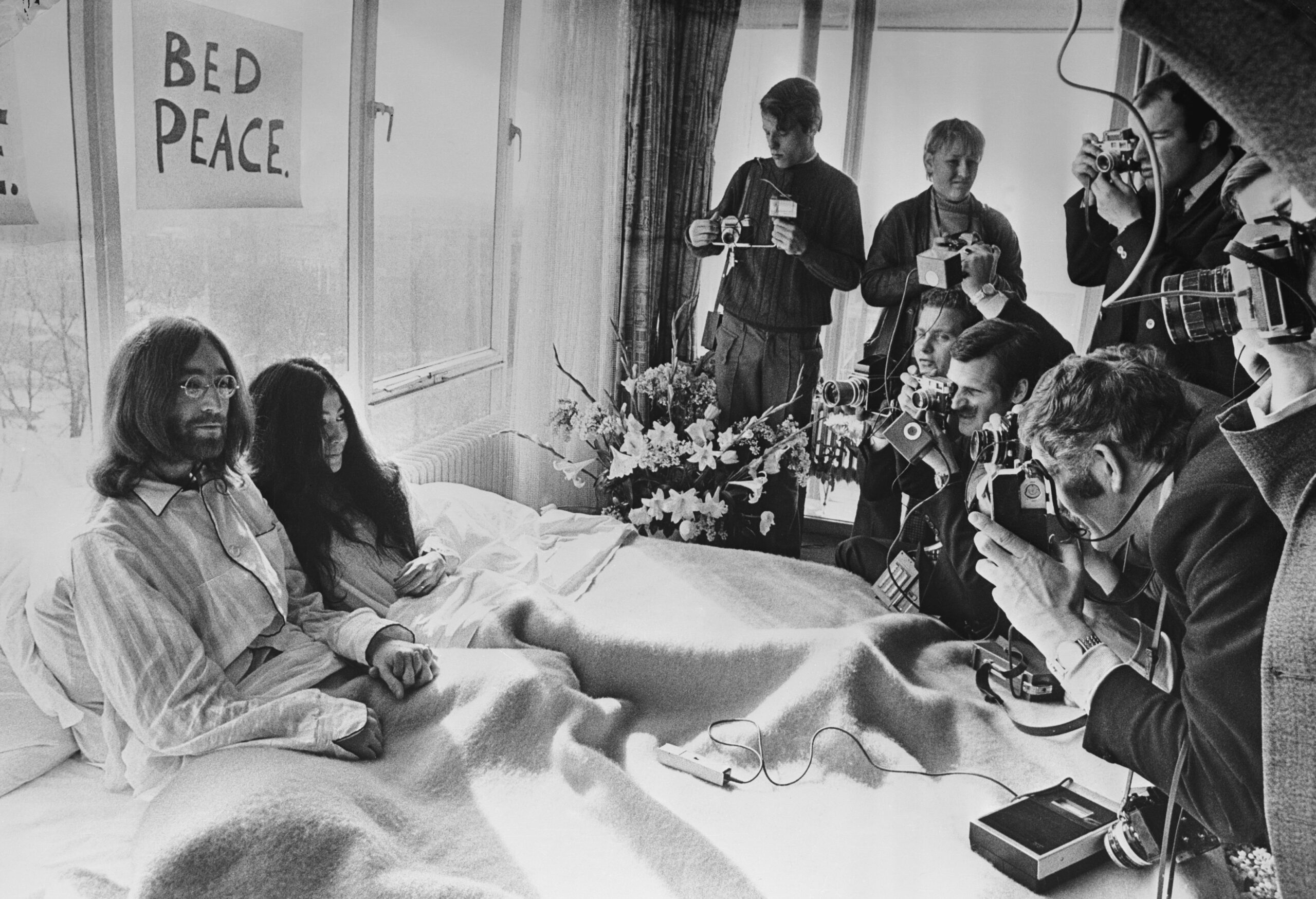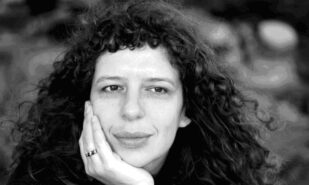Three days before Yoko Ono’s 91st birthday celebrations, the exhibition ‘Music of the Mind’opened to the public at Tate Modern. This major personal retrospective of the artist is a long-awaited and significant event.
Yoko Ono’s retrospective ‘Music of the Mind’: the creative journey with its own timeline
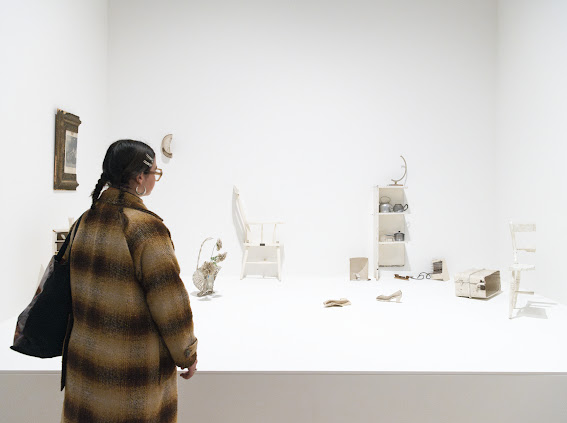
Yoko Ono is known as a multimedia artist, singer, songwriter and peace activist. Her performance and film work continues to be more than relevant to the current world situation. For example, the exhibition includes documentation of the famous performance Cut Piece (1964), where people were invited to cut clothes on the artist sitting motionless, and her banned film No. 4 (“Butt”) (1966-1967), which she created as a “petition for peace.”

The originality of Ono’s works lies in their ephemerality. The concept of the works is stated without psychological dimensions, personal associations or subjectivism, and the material realisation is largely determined by the viewer. The exhibition begins with a typewritten version of Ono’s self-published anthology ‘Grapefruit’, which collects her ‘instructions’ written between 1953 and 1964. The edition is on display in the UK for the first time. These written messages invite readers to imagine, experience, execute or complete a work in progress. The creative process thus has its own timeline. Yoko has approached the narrative of the art object not only from an artistic, but also from a social and political perspective.
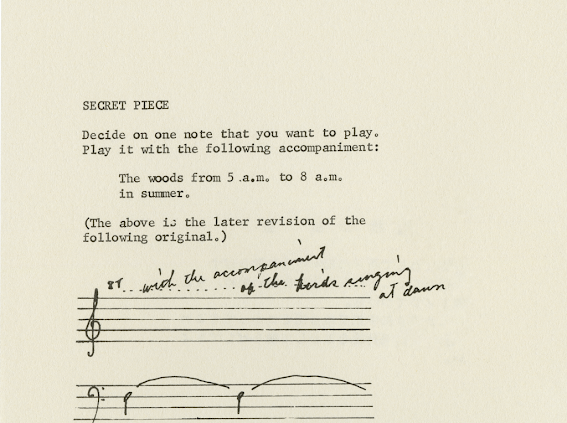
But the heart of the exhibition is Ono’s radical works, created during her five-year stay in London, beginning in 1966. Much of it centred on appeals for peace. Reconstructions of key installations from Ono’s exhibitions at Indica and Lisson Gallery include ‘Apple’ from 1966 and a poignant piece created from half-used household objects ‘Half-A-Room’ from 1967. The concepts of trauma and healing run consistently through Ono’s practice. As a child experiencing the bombing of Tokyo during World War II, Yoko found solace in the constant presence of the sky. She recalls, “Even when everything around me was collapsing, the sky was always there for me… I could never give up on life as long as there was a sky.” Bringing it back to the present day is Yoko’s work, which involves public participation, called ‘Wishing Trees for London’. Here anyone can leave a wish for world peace.
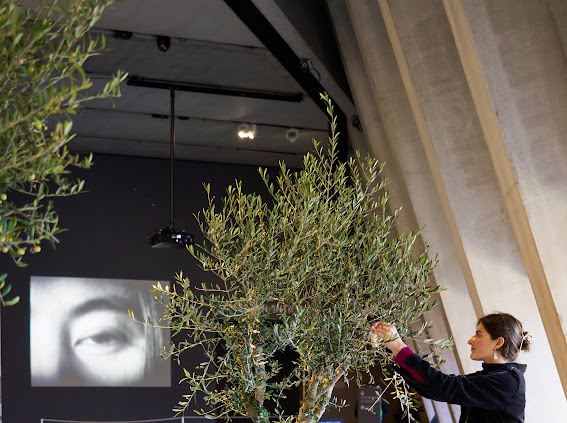
The Music of the Mind exhibition not only explores Yoko Ono’s creative journey, but also reveals her profound influence on contemporary art and the enduring relevance of the artist’s ideas and work.
The exhibition is on view until 1 September 2024.
Tate Modern, Bankside, London SE1 9TG

